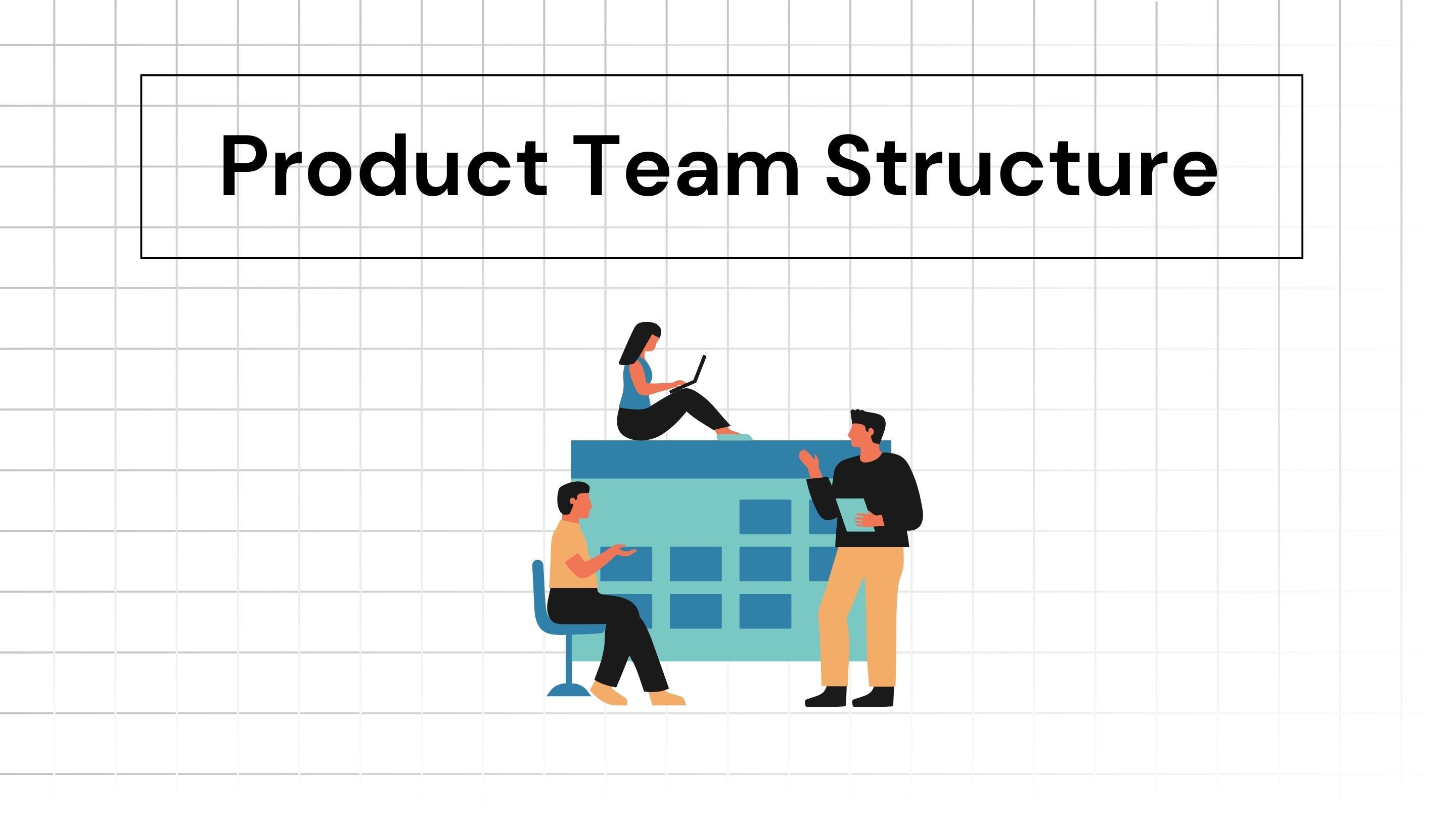
Iterate AI
Jan 25, 2025
As product-led growth is becoming more common, the need for a specific product team has also increased. But a product team is as dynamic as the tech or product. It changes with time and the requirements differ as the company grows.
However, the "perfect" team structure isn't one-size-fits-all; it varies based on the organization's size and product lifecycle stage. Here's a breakdown of how product teams can be structured for startups, medium-sized businesses, and enterprises.
Core Product Team Roles
Before we learn about the structure, let’s look at the different roles:
Product Manager (PM):
PM owns the product vision, roadmap, and prioritization. As soon as the founders have a validated product idea they need a PM to the idea forward and create a product. They take care of product goals and align development with business goals.
UX/UI Designer:
They design user-friendly interfaces and experiences, ensuring the product is intuitive and visually appealing.
There needs to be a core UI/UX designer working with the PM when your product requires an interface.
Developers (Frontend, Backend, Full Stack):
They build and maintain the technical infrastructure and features of the product.
You need a developer in the actual product development for them to code and create the product or add new features.
Quality Assurance (QA) Specialist:
A quality analyst or tester ensures the product meets quality standards through testing. When product complexity grows, and bugs or issues could impact user experience you need a tester on board to check for all edge cases.
Data Analyst or Data Scientist:
If the PM does not handle product analytics set up, you can have a data analyst who leverages data to inform product decisions, track performance, and identify opportunities. This role becomes an absolute need when you start collecting user data and need insights to guide product strategy.
💡Set up analytics with Iterate AI
Product Managers just need Iterate AI to instrument any event. You can create events and get code based on your existing code and analytics software such as Amplitude. You can automate the process for you to launch any feature without having to work from scratch regarding sit analytics. Schedule a demo to learn more about easy analytics set up.
UX Researcher:
A UX researcher conducts user research to understand customer needs and pain points. To make informed design and product decisions.
Product Marketing Manager:
A relatively new role where a PMM handles go-to-market strategies, messaging, and positioning.
When your product is ready to launch or scale in the market. They also handle product newsletter, product communication, sales enablement and more.
Chief Product Officer (CPO) or Head of Product:
Oversees the entire product team, aligns product strategy with business goals, and ensures cohesive execution.
You need this when your organization has multiple products or a large product team requiring leadership.
How to Assess Your Team Needs
Stage of product development
Early Stage: Focus on generalists who can wear multiple hats (e.g., a PM with UX skills).
Growth Stage: Introduce specialists like UX researchers and data analysts as complexity increases.
Mature Stage: Build out leadership roles and specialized teams to handle scaling.
Customer needs and feedback
If customer satisfaction is low, consider adding UX designers or researchers. For data-driven decision-making, hire a data analyst or data scientist.
Team overload
Monitor the workload of existing team members. Overburdened employees signal a need for additional roles.
Complexity of the product
As your product expands in features or user base, introduce roles like QA specialists and product marketing managers to maintain quality and market alignment.
Strategic goals
Align team expansion with business goals, such as entering a new market or launching a new product line.
Key Principles for Structuring a Product Team
Clear roles and responsibilities: Avoid overlap and ensure every team member understands their contribution. Define roles and avoid having a long hierarchy as it delays decision-making. Build a team that can adapt quickly to market and customer needs.
Customer-centricity: Any role you add to the team should be able to provide value to your users. Keep the end-user at the heart of all decisions.
Cross-functional collaboration: Encourage close collaboration between product, design, engineering, and marketing. Especially in Product Led Growth, it is important for everyone to know and understand what’s happening behind the scenes.
